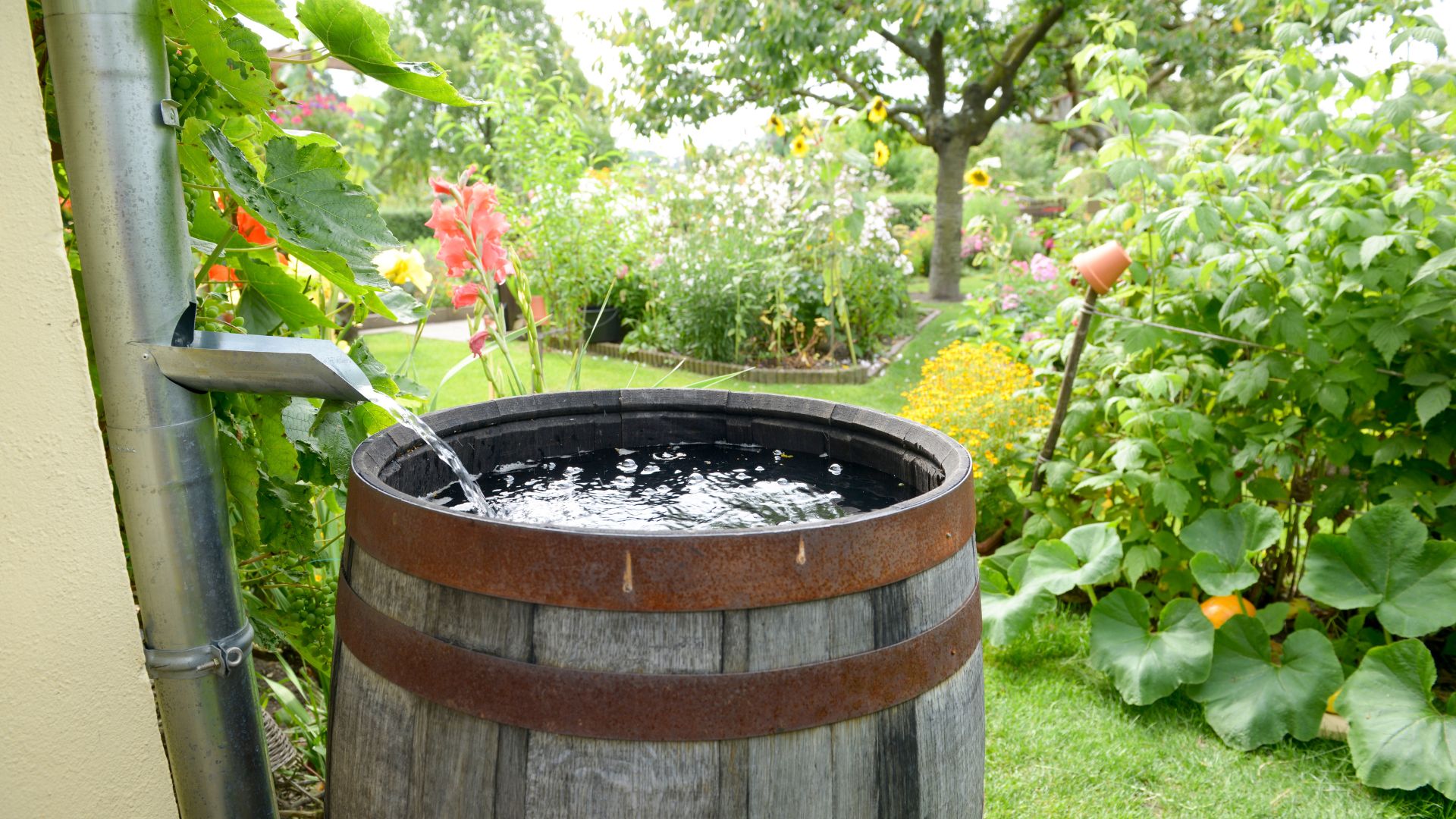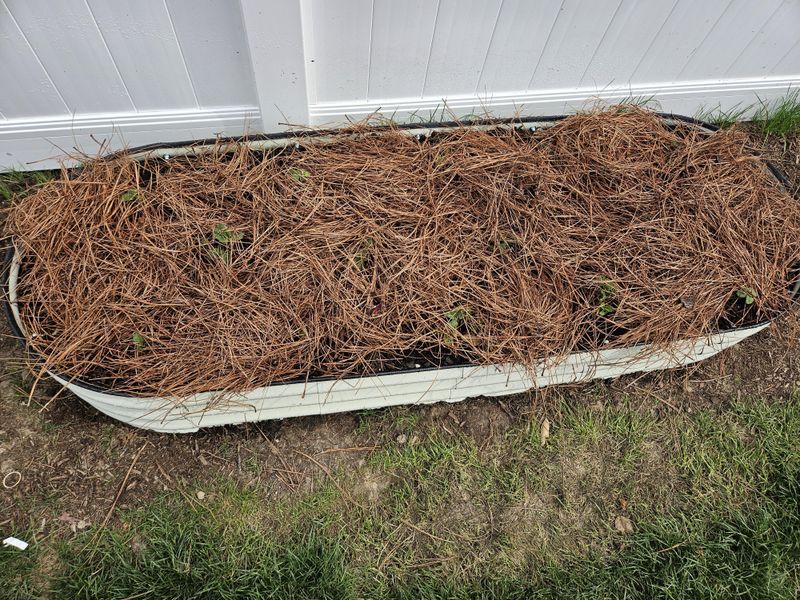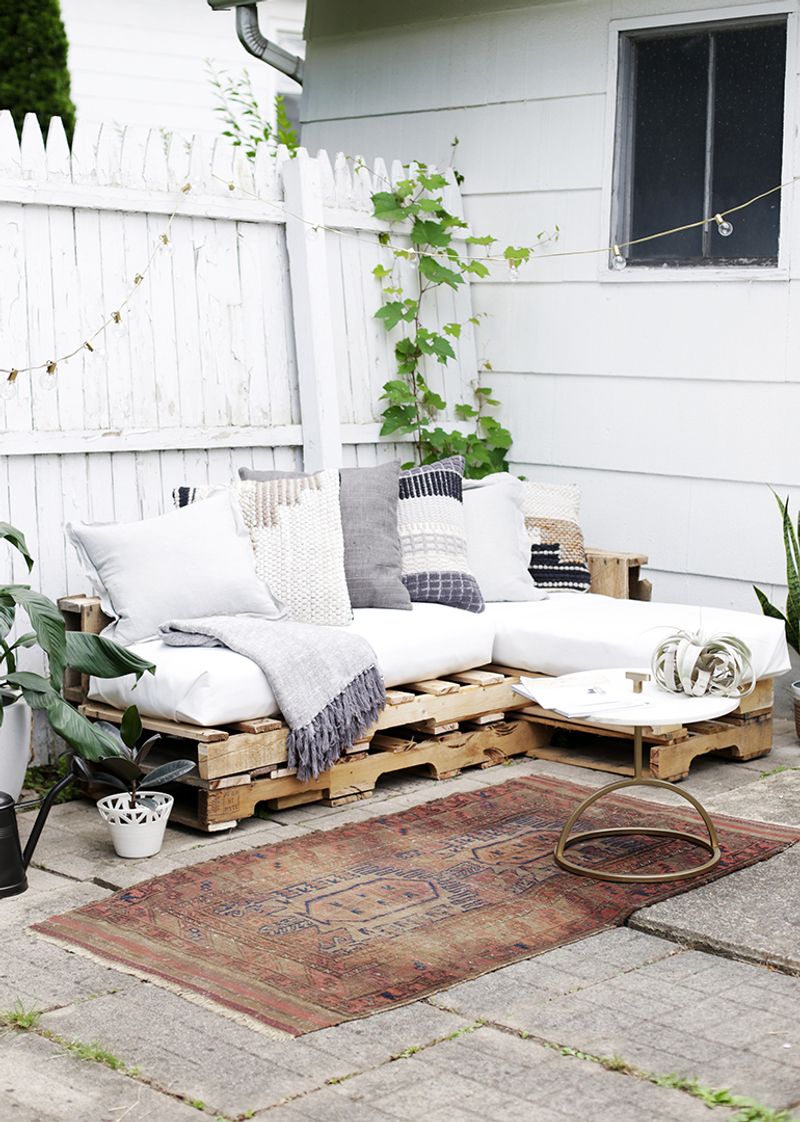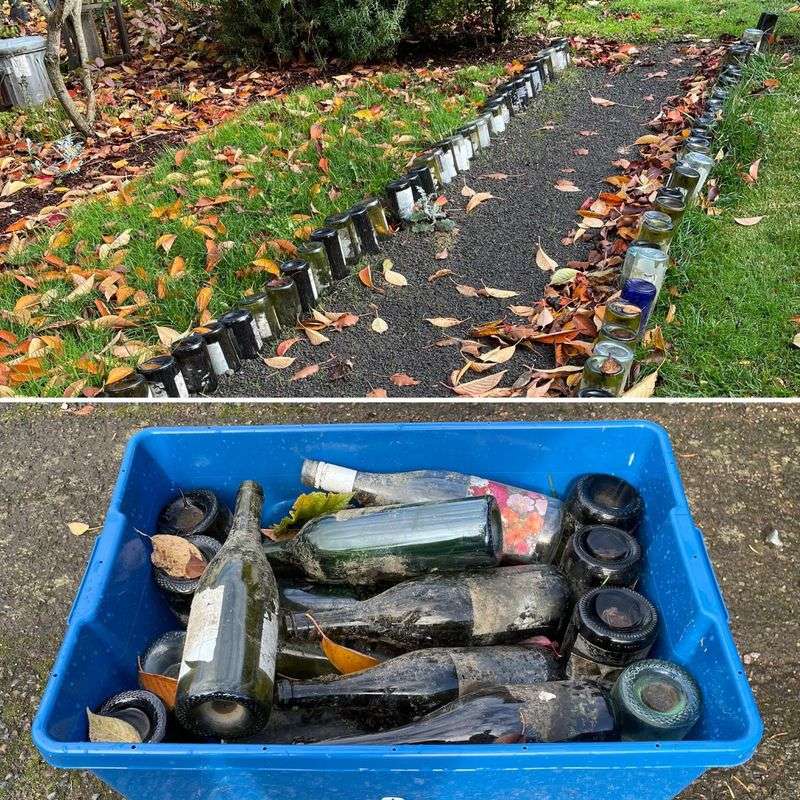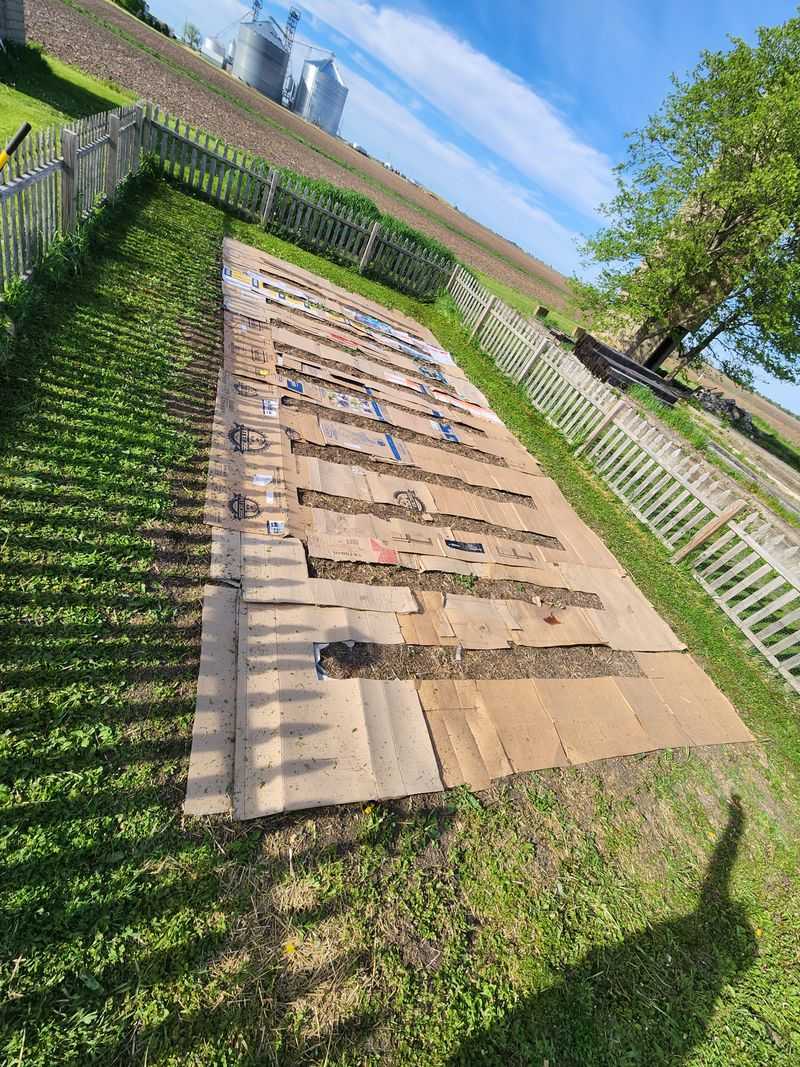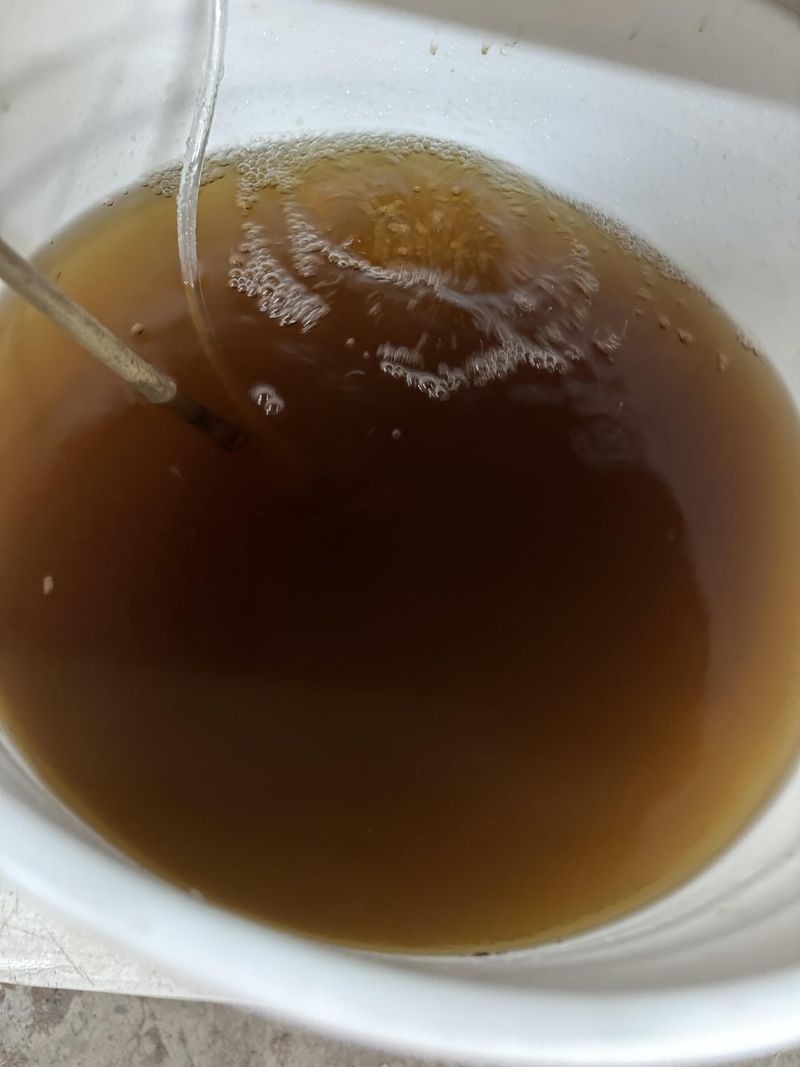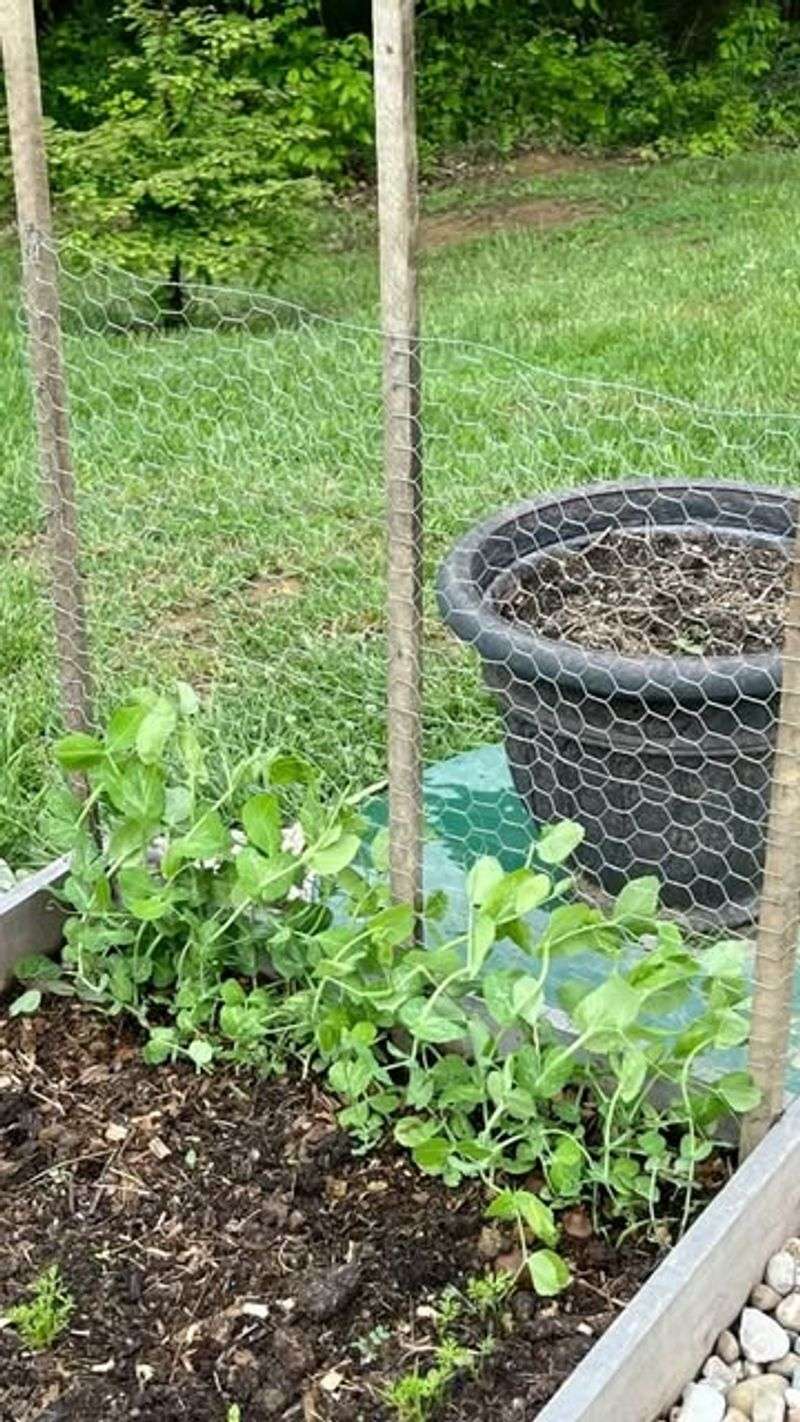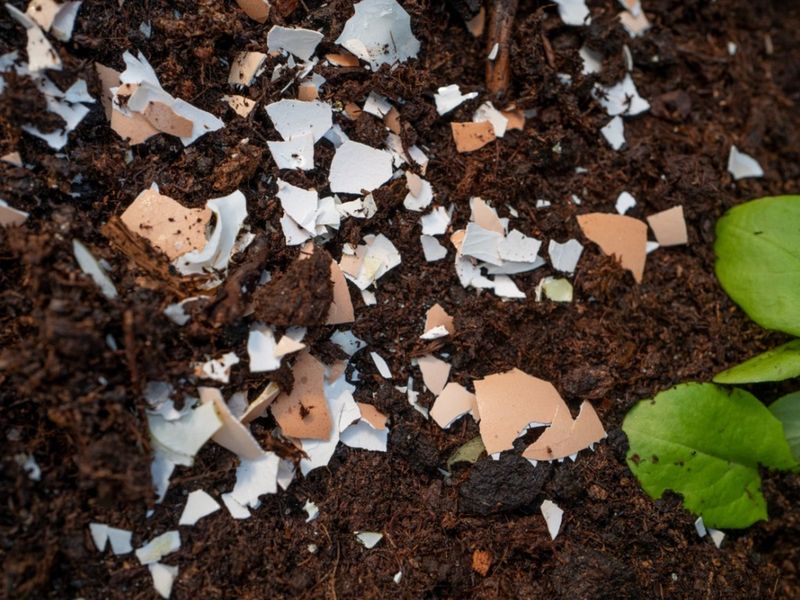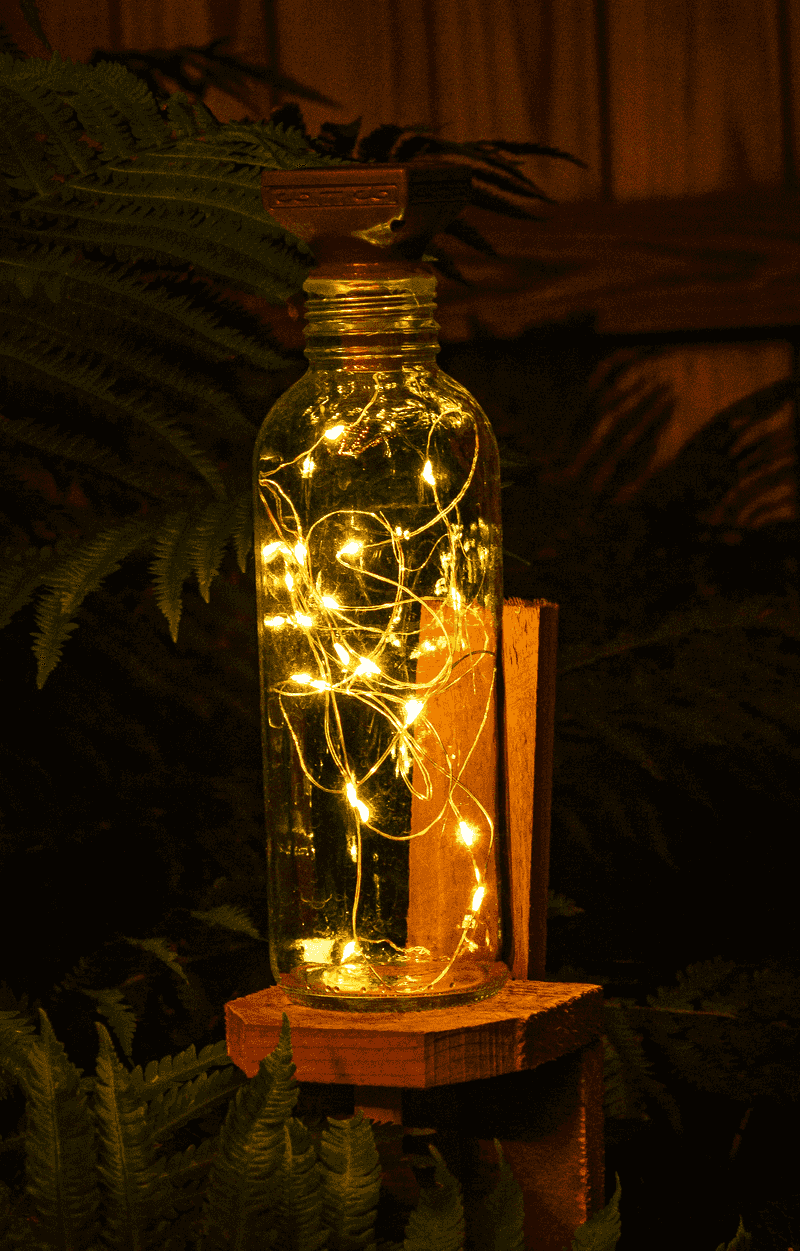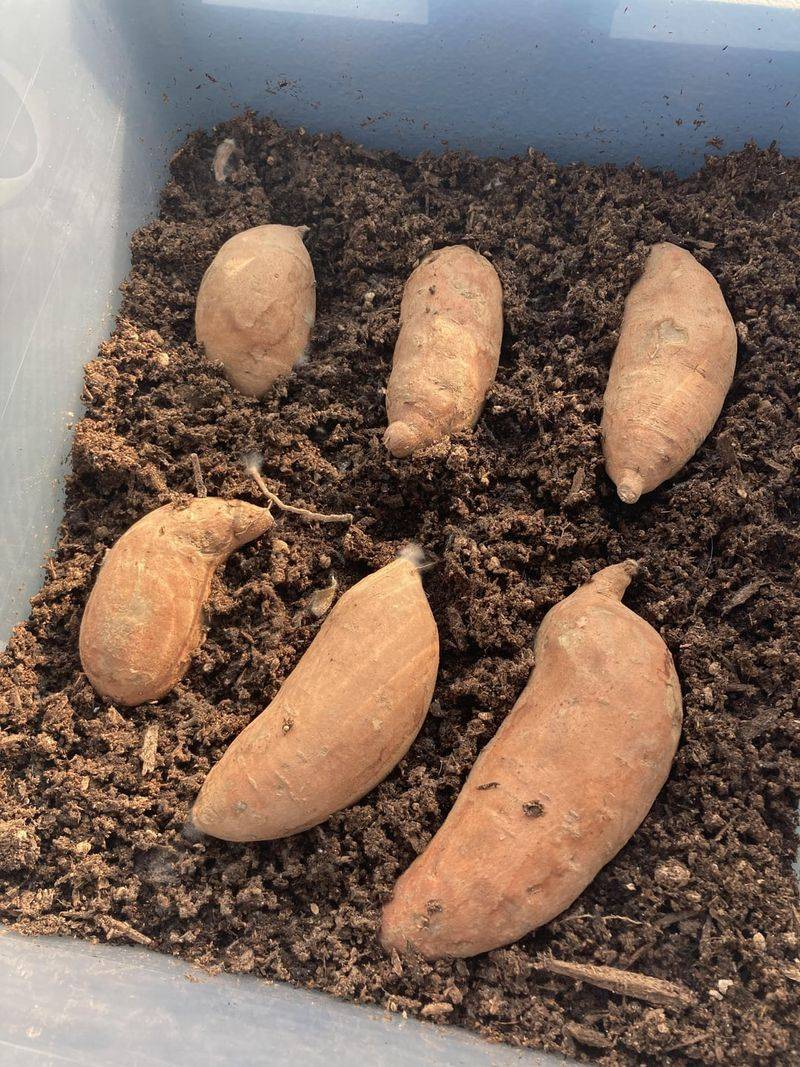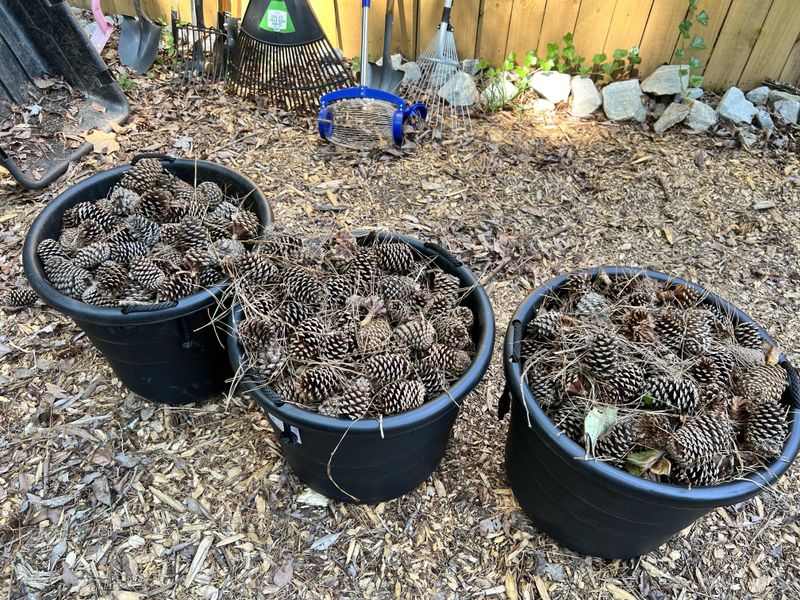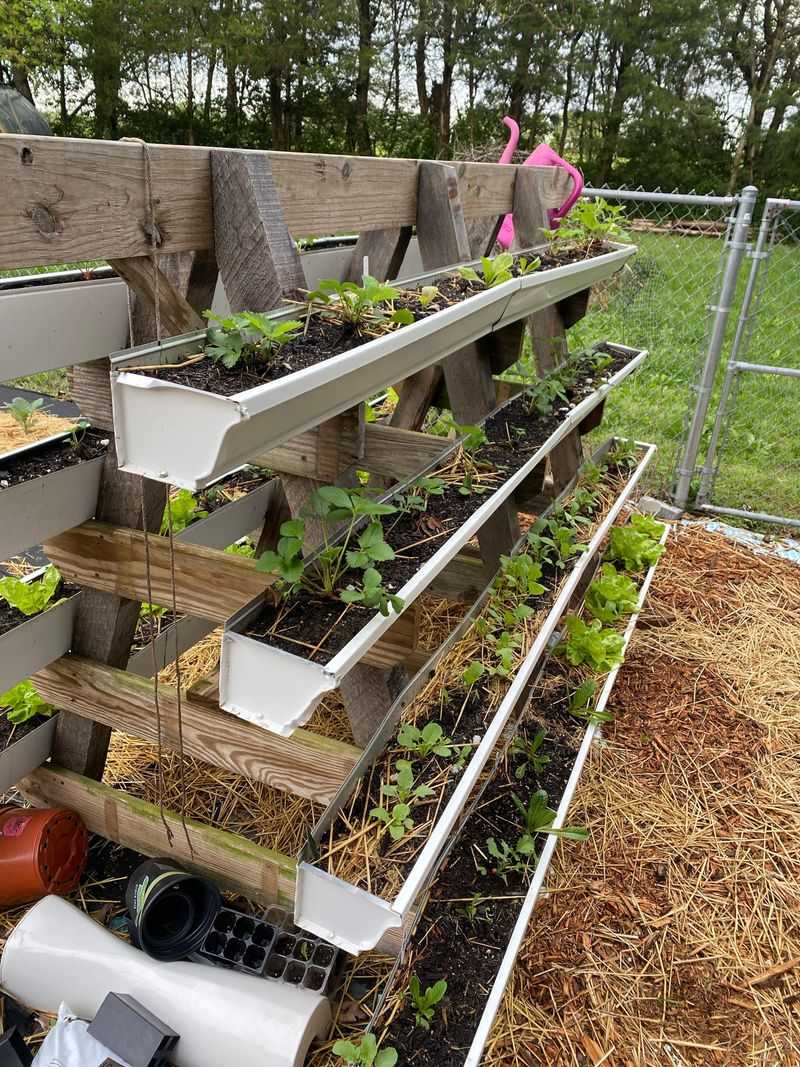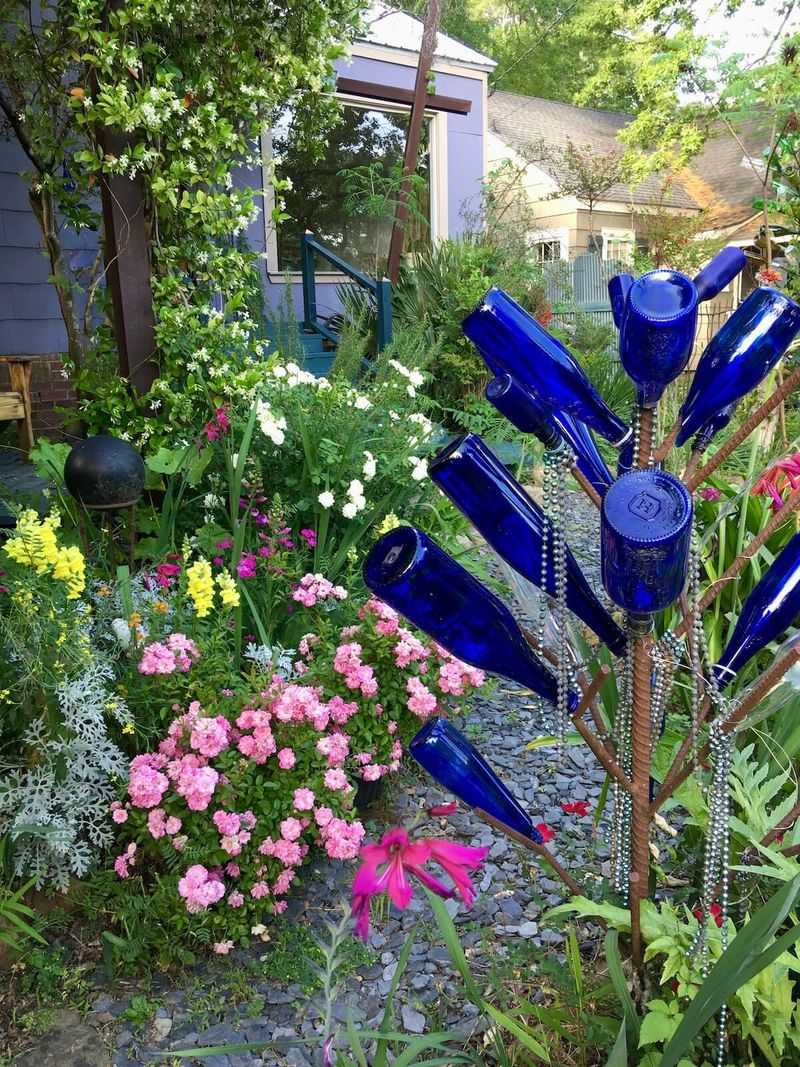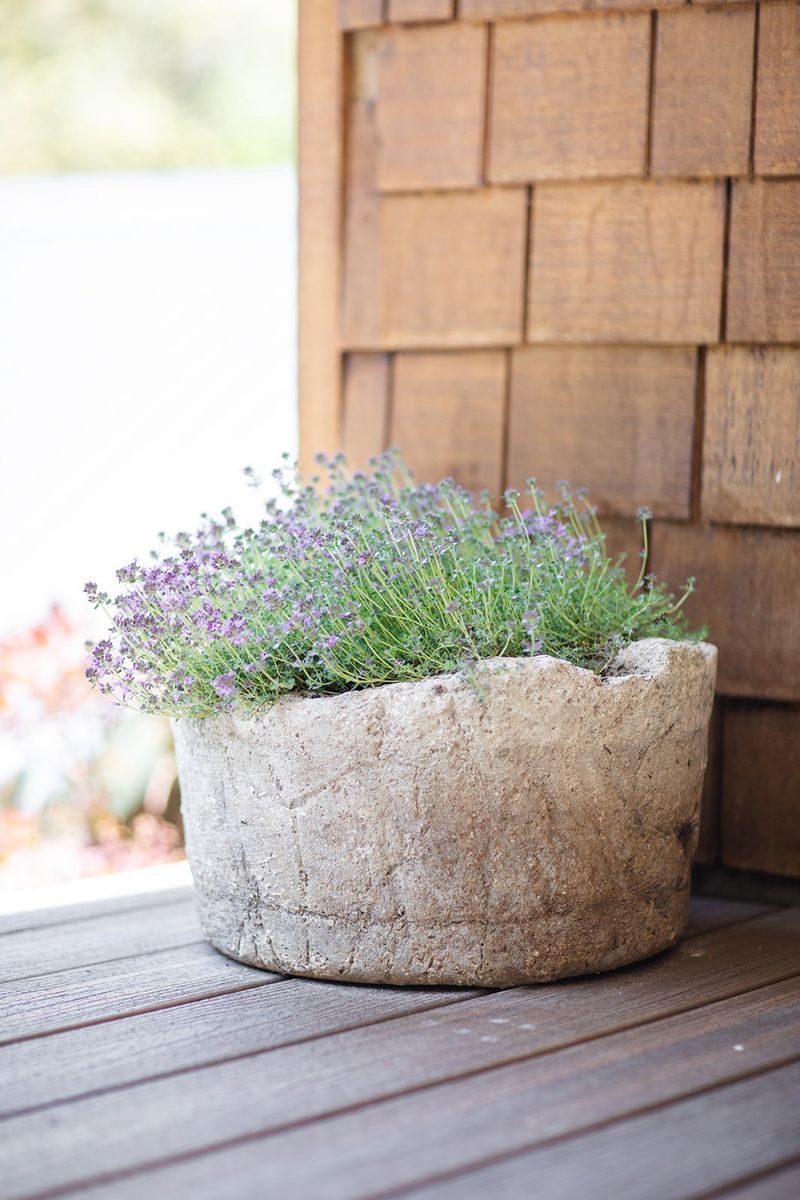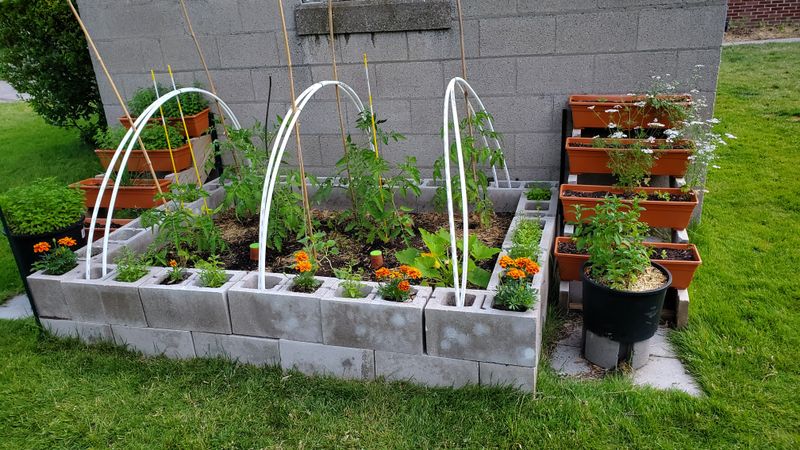Mississippi gardeners know that creating a beautiful yard doesn’t have to drain your wallet. With our unique growing season and rich soil, folks across the Magnolia State are finding clever ways to enhance their outdoor spaces without spending big.
From Jackson to Biloxi, Mississippi homeowners are tapping into local resources and traditional knowledge handed down through generations. These budget-friendly approaches work particularly well in our southern climate, where heat and humidity create both challenges and opportunities.
I’ve gathered ingenious methods that my fellow Mississippi gardeners are using to transform their yards into showstoppers. These tricks cost next to nothing but deliver impressive results that stand up to our demanding growing conditions.
1. Pine Straw Mulching
Free mulch is literally falling from the sky in Mississippi! Gather fallen pine needles from your yard or a neighbor’s property (with permission, of course).
Spread them 2-3 inches thick around plants and trees. They suppress weeds beautifully while slowly breaking down to acidify our typically alkaline Mississippi soil.
Last summer, I saved over $200 by using pine straw instead of store-bought mulch around my azaleas and they’ve never looked healthier.
2. DIY Rain Barrels
Converting old food-grade plastic drums into rain catchers helps Mississippi gardeners survive our dry spells without running up water bills. Many local businesses give these containers away for free.
A simple spigot kit costs under $10, and you’ll collect hundreds of gallons during our famous summer thunderstorms. The collected rainwater lacks the chlorine found in tap water.
My vegetables respond noticeably better to rainwater, especially during August when Mississippi gardens typically struggle.
3. Pallet Garden Furniture
Wooden shipping pallets transform into charming outdoor furniture with minimal effort. Local warehouses and big box stores often give them away just to avoid disposal costs.
Sand down rough edges, add a coat of weather-resistant paint, and attach some simple cushions. The open-slat design holds up remarkably well to Mississippi’s humidity compared to many store-bought options.
My pallet bench has survived three summers on my Hattiesburg porch while similar commercial pieces rotted away.
4. Bottle Edge Borders
Glass bottles buried neck-down create stunning, colorful garden borders across Mississippi. Wine bottles, old soda bottles or even beer bottles work perfectly when partially buried to form edging.
The glass stands up to our intense southern sun without fading and helps define garden spaces clearly. You’ll need about 15-20 bottles for every 3 feet of border.
After a big family reunion last year, I collected enough bottles to edge my entire herb garden – the cobalt blue creates a striking contrast against our red Mississippi clay.
5. Newspaper Weed Suppression
Old newspapers become powerful weed barriers when layered several sheets thick under mulch. The paper blocks light while allowing water to penetrate, eventually decomposing to enrich Mississippi’s sometimes stubborn soil.
For new garden beds, lay down 6-8 sheets, wet thoroughly, then cover with compost or mulch. Unlike expensive landscape fabric, newspaper breaks down naturally while improving soil structure.
When I tried this in my Tupelo flower beds, weed pulling decreased by about 80% compared to previous seasons.
6. Homemade Compost Tea
Steep finished compost in water for 24-48 hours to create a nutrient-rich liquid fertilizer that Mississippi plants absolutely love. Just fill an old pillowcase with compost, tie it closed, and suspend it in a bucket of water like a giant tea bag.
The resulting brew delivers a powerful dose of micronutrients perfectly suited to our depleted Delta soils. I apply it every two weeks during growing season.
My tomatoes produced nearly twice as many fruits after I started using compost tea instead of store-bought fertilizers.
7. Stick Trellises
Fallen branches from our abundant Mississippi forests make perfect free trellises for climbing plants. Gather straight sticks about 1-inch thick and arrange them in teepee shapes or grid patterns.
Secure the joints with garden twine or wire for stability. These natural supports blend beautifully into the landscape while providing climbing space for beans, peas, or morning glories.
The wild grape vines that plague many Mississippi yards can even be repurposed into beautiful wreath-shaped supports that last for years.
8. Egg Shell Calcium Boost
Mississippi’s acidic soils often lack calcium, causing problems like blossom end rot in tomatoes. Crushed eggshells provide a slow-release calcium source that’s completely free.
Rinse shells, let them dry, then crush them into small pieces before mixing into the soil. The calcium releases gradually as the shells decompose, providing months of nutrition.
I’ve been adding eggshells to my Vicksburg garden for years, and haven’t lost a single tomato to blossom end rot since starting this practice.
9. Tire Planters
Old tires transform into eye-catching planters that thrive in Mississippi’s climate. The black rubber absorbs heat, creating perfect conditions for heat-loving plants like peppers and eggplants.
Stack and stagger tires to create vertical gardens that maximize space. Paint them bright colors to add personality – I’ve seen gorgeous tire planters in every neighborhood from Meridian to Oxford.
My grandmother’s tire planters in Clarksdale have produced the best okra in the county for over 20 years without a penny spent on fancy containers.
10. Spanish Moss Hanging Baskets
Spanish moss drapes our Mississippi oak trees and makes fantastic free liner material for hanging baskets. Gather fallen clumps after storms (never pull from trees), rinse thoroughly, and dry in the sun to remove any insects.
Line wire baskets with the moss, add soil and plants, and enjoy beautiful, natural-looking containers. The moss retains moisture while allowing excess water to drain freely.
During last summer’s drought, my moss-lined baskets needed watering half as often as my plastic-lined ones along my Natchez porch.
11. Mason Jar Solar Lights
Transform ordinary mason jars into magical garden lighting using dollar store solar stake lights. Remove the stake portion and attach the light component to the jar lid with hot glue.
Line pathways or hang from tree branches for enchanting evening ambiance. The thick glass protects the lights from Mississippi’s frequent summer storms while creating a lovely diffused glow.
After adding these along my garden path in Starkville, my evening garden time increased threefold – they create the perfect atmosphere for enjoying our mild southern nights.
12. Sweet Potato Slips
Growing your own sweet potato slips saves serious money compared to buying nursery plants. Just suspend half a potato in water using toothpicks, and watch as shoots emerge within weeks.
Once these slips reach 6-8 inches, plant them directly in Mississippi’s warm soil. One store-bought sweet potato can produce 20+ slips, enough for an entire row.
My Jackson garden produced over 60 pounds of sweet potatoes last year from slips I started on my kitchen windowsill – that’s about $75 worth of produce from a single $1 potato!
13. Pinecone Mulch
Fallen pinecones make excellent decorative mulch for pathways and around acid-loving plants. Collect them from your yard or nearby pine stands – Mississippi certainly has no shortage of pines!
The cones break down slowly, gradually adding organic matter to the soil. Their irregular shapes also discourage neighborhood cats from using garden beds as litter boxes, a common complaint among Mississippi gardeners.
I’ve lined my entire garden path with pinecones collected after storms, saving at least $200 on commercial pathway materials.
14. Repurposed Gutter Planters
Old rain gutters transform into space-saving herb gardens when mounted on fences or deck railings. Drill drainage holes every few inches, add end caps (or fold and seal the ends), fill with soil, and plant.
The narrow, shallow design is perfect for herbs that don’t need deep root space. Salvaged gutters handle Mississippi’s intense summer heat without warping, unlike many plastic alternatives.
My gutter herb garden outside my kitchen window in Greenville provides fresh basil, thyme and oregano year-round while taking up virtually no yard space.
15. Bottle Tree Displays
Bottle trees are a traditional Mississippi garden feature with roots in African folklore. Dead trees or constructed metal frames serve as the structure, while colorful glass bottles placed on branches add vibrant visual interest.
According to old Delta traditions, the bottles capture evil spirits, but modern gardeners appreciate them simply for their beauty. Blue bottles are particularly striking against our verdant Mississippi backdrop.
The bottle tree in my Gulf Coast garden has become a neighborhood landmark and conversation starter, costing nothing but bringing endless joy.
16. Coffee Ground Fertilizer
Used coffee grounds provide free nitrogen for acid-loving plants like azaleas, camellias, and blueberries that thrive in Mississippi gardens. Local coffee shops often give away grounds by the bagful – just ask!
Sprinkle a thin layer around plants and work it gently into the top inch of soil. Unlike chemical fertilizers, coffee grounds release nutrients slowly and improve soil structure.
The azaleas along my Laurel home’s foundation have doubled in size since I started applying coffee grounds monthly – they love our Mississippi climate plus this free boost.
17. Homemade Hypertufa Planters
Create stone-look containers using a simple mixture of Portland cement, peat moss, and perlite. These hypertufa planters cost a fraction of store-bought stone containers but look almost identical.
The porous nature of hypertufa is perfect for Mississippi’s rainy seasons, allowing excess moisture to escape rather than drowning plant roots. They also withstand our occasional winter freezes without cracking.
My hypertufa planters have developed a beautiful aged patina after just one season in my Oxford garden, complete with natural moss growing on them.
18. Cinder Block Raised Beds
Standard cinder blocks create instant raised beds when arranged in rectangles or squares. Each block costs about $1-2, making them far cheaper than lumber for raised bed construction.
The holes in the blocks provide bonus planting space for herbs or flowers. Mississippi gardeners appreciate how these beds warm quickly in spring, allowing earlier planting in our sometimes unpredictable spring weather.
My cinder block garden in Columbus has expanded annually for five years, with each 4’x8′ bed costing under $30 compared to $100+ for wooden versions.

